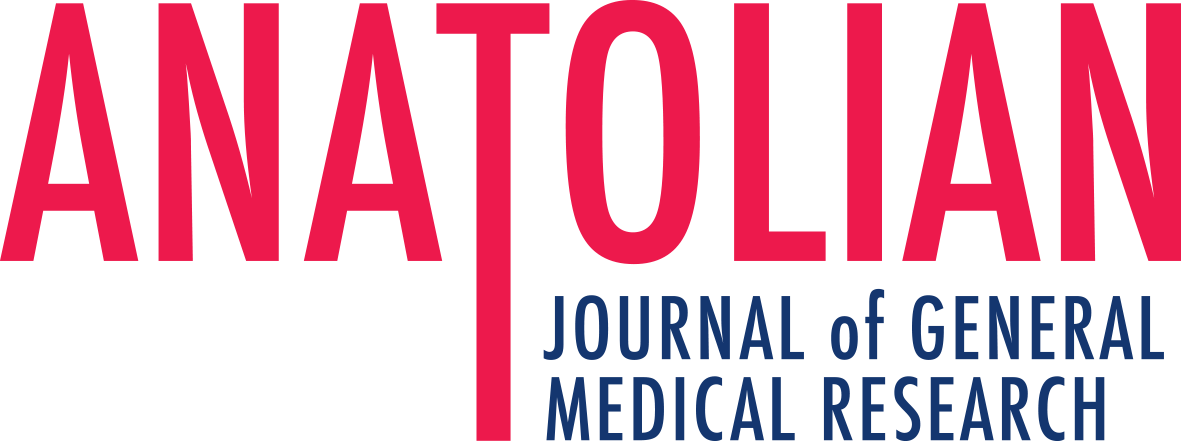Abstract
Objective: This study investigated the effects of Coronavirus disease-2019 (COVID-19) related lockdowns and the pandemic in patients with muscular dystrophy who require regular hospital admissions and follow-ups. Moreover, the effects of “fear of COVID-19” on these effects were also measured.
Methods: One hundred and five muscular dystrophy patients who were admitted to the neuromuscular diseases tertiary care clinic were evaluated. The patients’ socio-demographic and clinical characteristics were recorded, and their fear of COVID-19 was assessed using the “fear of COVID-19 scale”, and they were asked about the problems they encountered during the pandemic and lockdowns.
Results: We found that the patients had major restrictions in their access to healthcare, physical therapy/rehabilitation, and reduced physical and social activities. Moreover, they subjectively stated that their disease worsened with the pandemic. These restrictions were found to correlate with their fear of COVID-19 levels.
Conclusion: Patients with muscular dystrophy were found to have changes in their physical activity, participation in rehabilitation, problems with reaching healthcare services, and social problems. These problems were associated with their fear of COVID-19. As routine access to healthcare and therapies is crucial for these patients, both patients and health professionals should keep the potential harm of restrictions and fear in mind and strive for optimal solutions.



